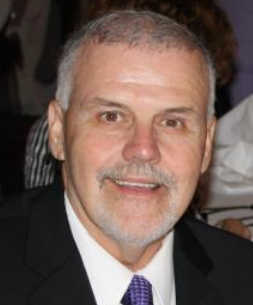I suppose that I may have started this- another Christmas column- with contrasts anyway, this week. Warm southern Illinois temps, melting our preconceived ideals of a white Christmas. a calmness of a true silent Night as contrasted with the hassle and bustle of any major department store. We try so hard to close our eyes and hear the distant, traditional Christmas bells, in a cell phone world. But, I never planned to contrast the fervent holiday hope for Peace on Earth with the shattering headlines of mass murder in school. I may have mentioned Mideast turmoil, our troops in the field still, or some such more general reference. But, never did I plan on having to address funerals of precious innocents gunned down in cold blood so near the birthday of the Prince of Peace.
 If you are expecting a logical, general, or moving explanation of how something like the Sandy Hook masscre can occur in a universe governed by a loving God, I am destined to disappoint you. I do not have a clue. I do not mean to be skeptical, irreverent, or seem anti-God in any way. But, the smallness of my mind can not fathom how a God who parted the Red Sea could not jam a gun, divert airplanes from Twin Towers, or strike down mass murders in their tracks.
If you are expecting a logical, general, or moving explanation of how something like the Sandy Hook masscre can occur in a universe governed by a loving God, I am destined to disappoint you. I do not have a clue. I do not mean to be skeptical, irreverent, or seem anti-God in any way. But, the smallness of my mind can not fathom how a God who parted the Red Sea could not jam a gun, divert airplanes from Twin Towers, or strike down mass murders in their tracks.



